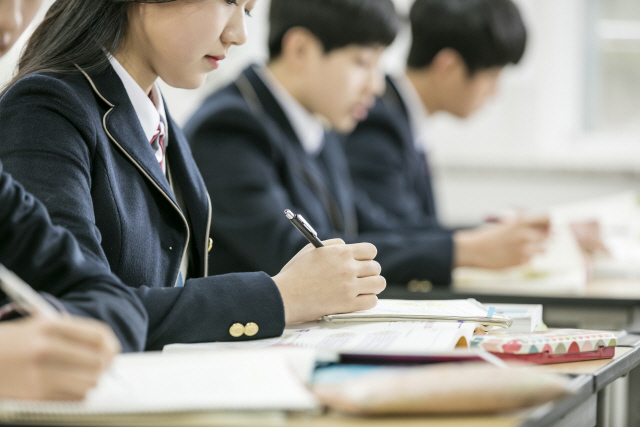 viewer
viewer
It was found that only 3 out of 100 students became “dragons” with high academic achievement in low-income families, commonly referred to as “gaecheon”.
According to a report written by Research Fellow Young-eun Ahn, Research Fellow, Research Fellow at the Education Research and Information Institute of the Seoul Metropolitan Office of Education, the percentage of students with academic resilience among the first graders of high school students in Seoul in 2016 was 3.53%. It was investigated.
Academic resilience refers to a case in which household average monthly income is in the bottom 25% and academic achievement is in the top 25%. The academic resilience of first-year high school students increased from 1.92% in 2010 to 3.75% in 2014 and slightly decreased to 3.53% in 2016.
In particular, it was surveyed that the percentage of students with academic resilience was lower in subjects that were more affected by private education. As of 2016, the ratio of students with academic resilience to the total number of students by subject was Korean (4.94%), math (4.24%), and English (3.69%). It is analyzed that English has lower academic resilience than other subjects because the gap in private education such as early study abroad or English kindergarten depends on the socio-economic background.
Among the 25 autonomous districts in Seoul, Jongno-gu had the highest academic elasticity ratio of 7.69%. Songpa-gu, Gangnam’s third district, was 4.17%, Gangnam-gu was 1.82%, and Seocho-gu was 0%.
Students with academic resilience were found to use private education rather than after-school school. The 25 autonomous districts of Seoul were divided into three groups according to the percentage of students with academic resilience, and when we looked at the participation rate of after-school school and private education, the group with the highest percentage of students with academic resilience (Dongdaemun-gu, Songpa-gu, Yangcheon-gu, and Jongno-gu) had the lowest after-school participation rate and the percentage of private education. Was the highest.
Research Fellow Ahn said, “It is interpreted that after-school school is not of great help to students with academic resilience who must leap and maintain to the upper level.” “After school, a fundamental qualitative leap forward and various levels of programs have been established for low-income students. “We need to support so that the top-notch students can be produced.”
/ Reporter Kim Chang-young [email protected]
< 저작권자 ⓒ 서울경제, 무단 전재 및 재배포 금지 >
